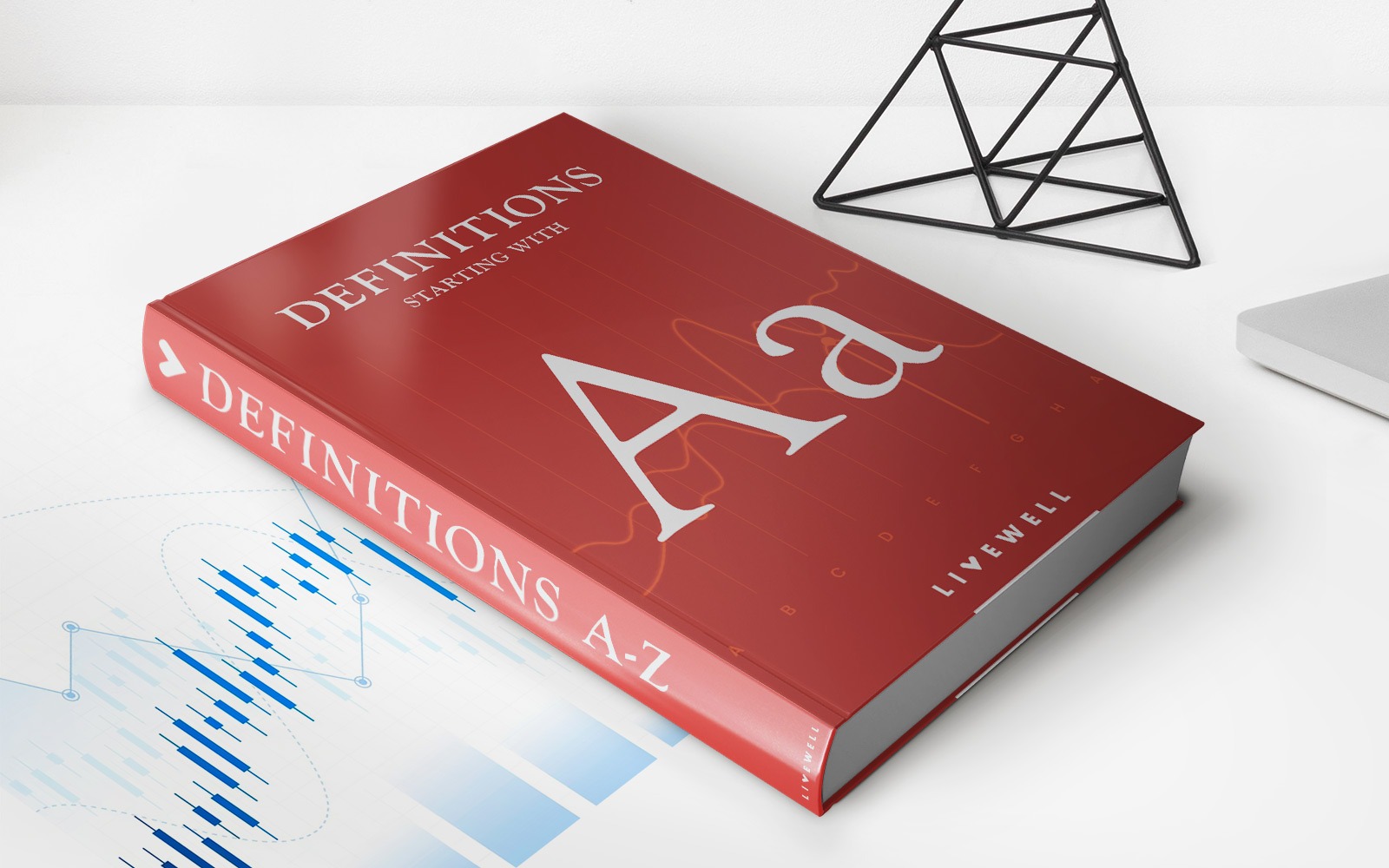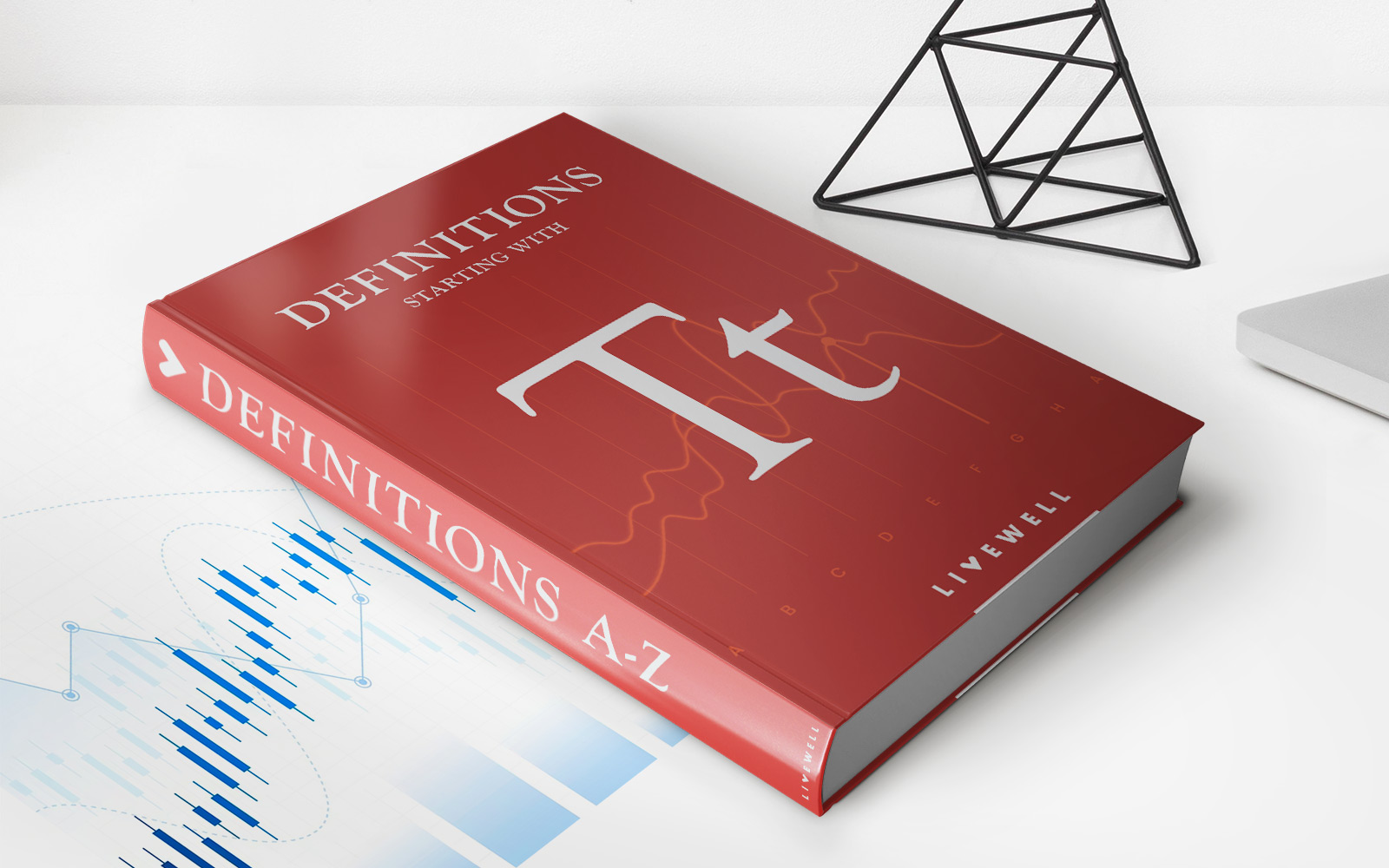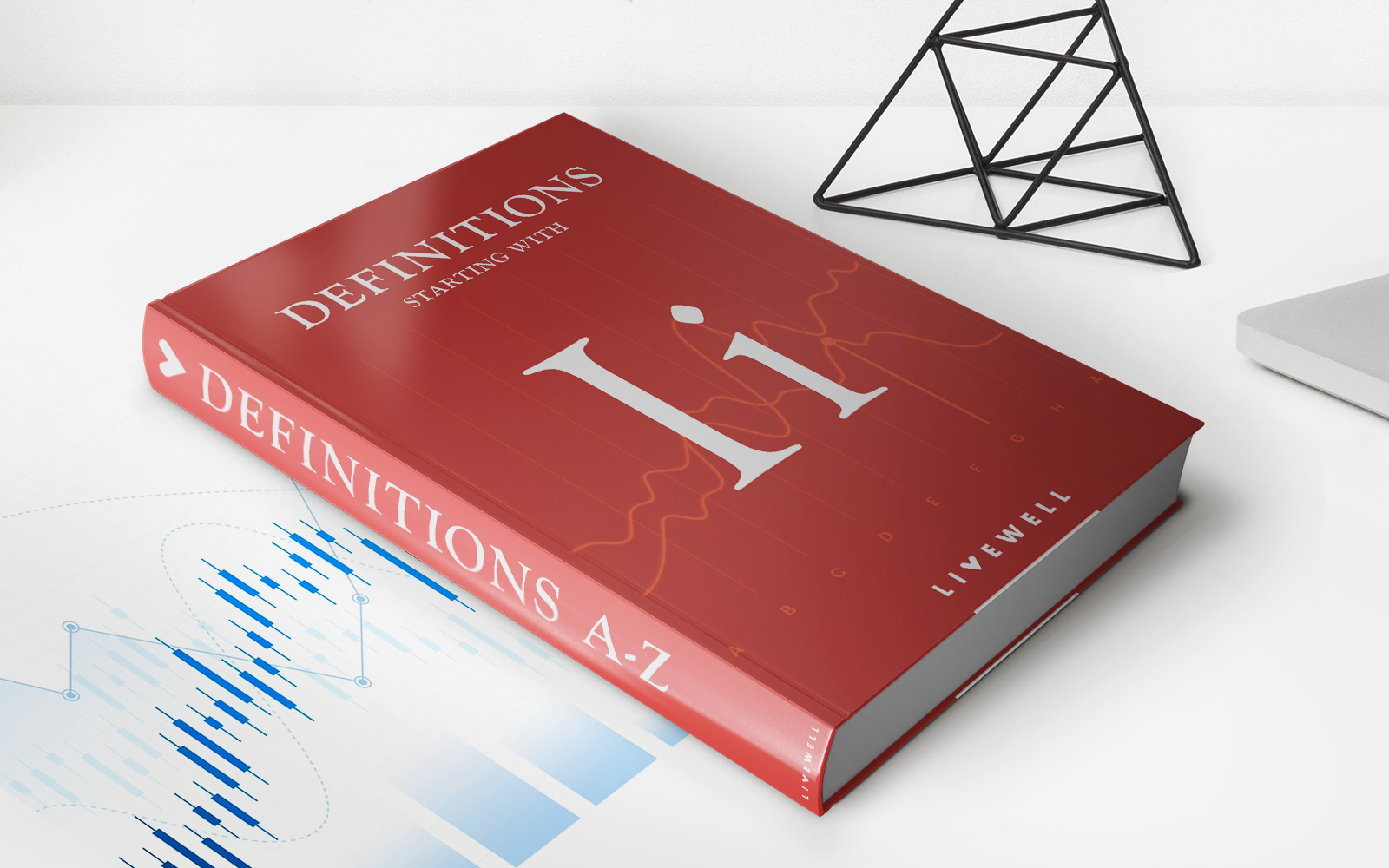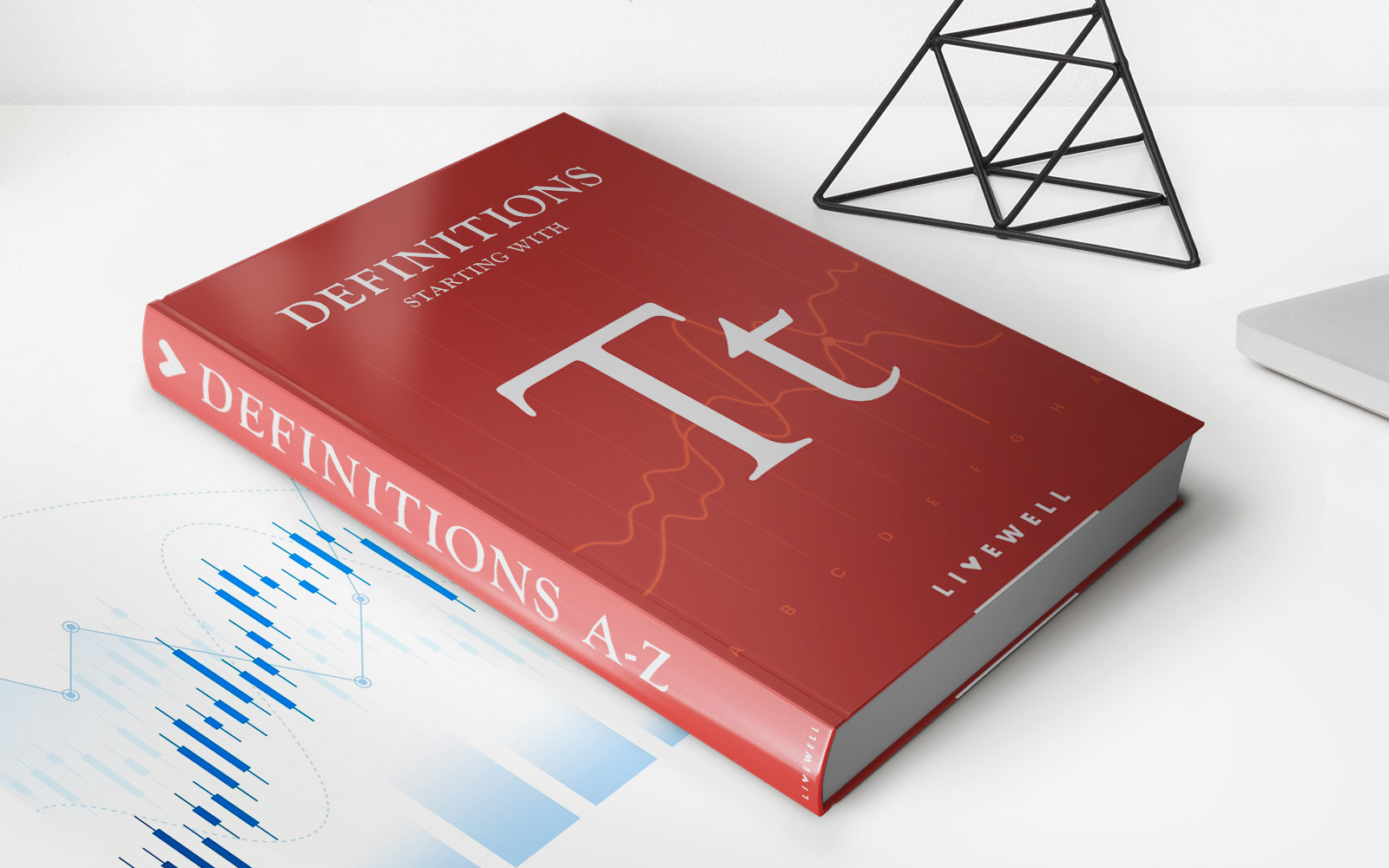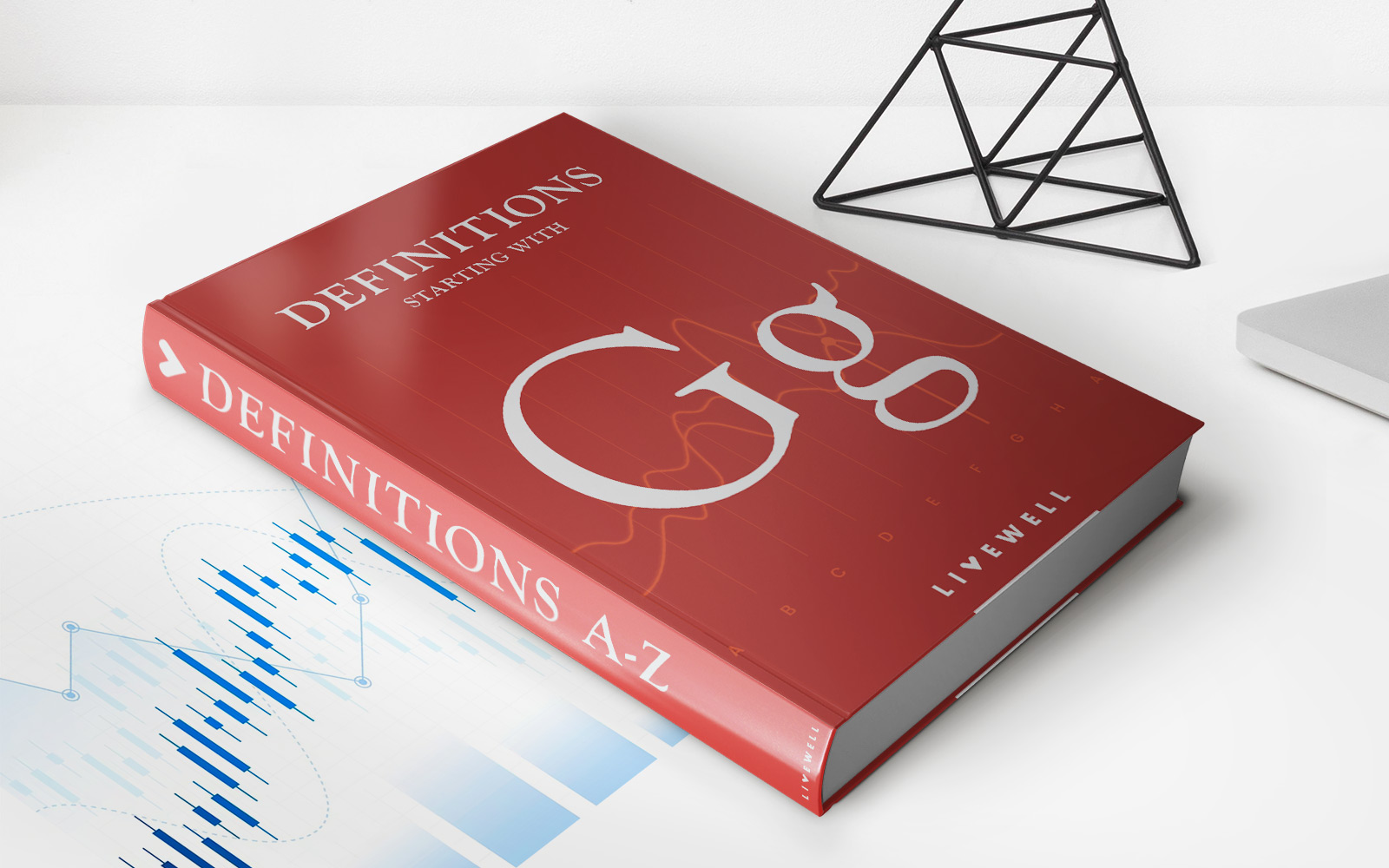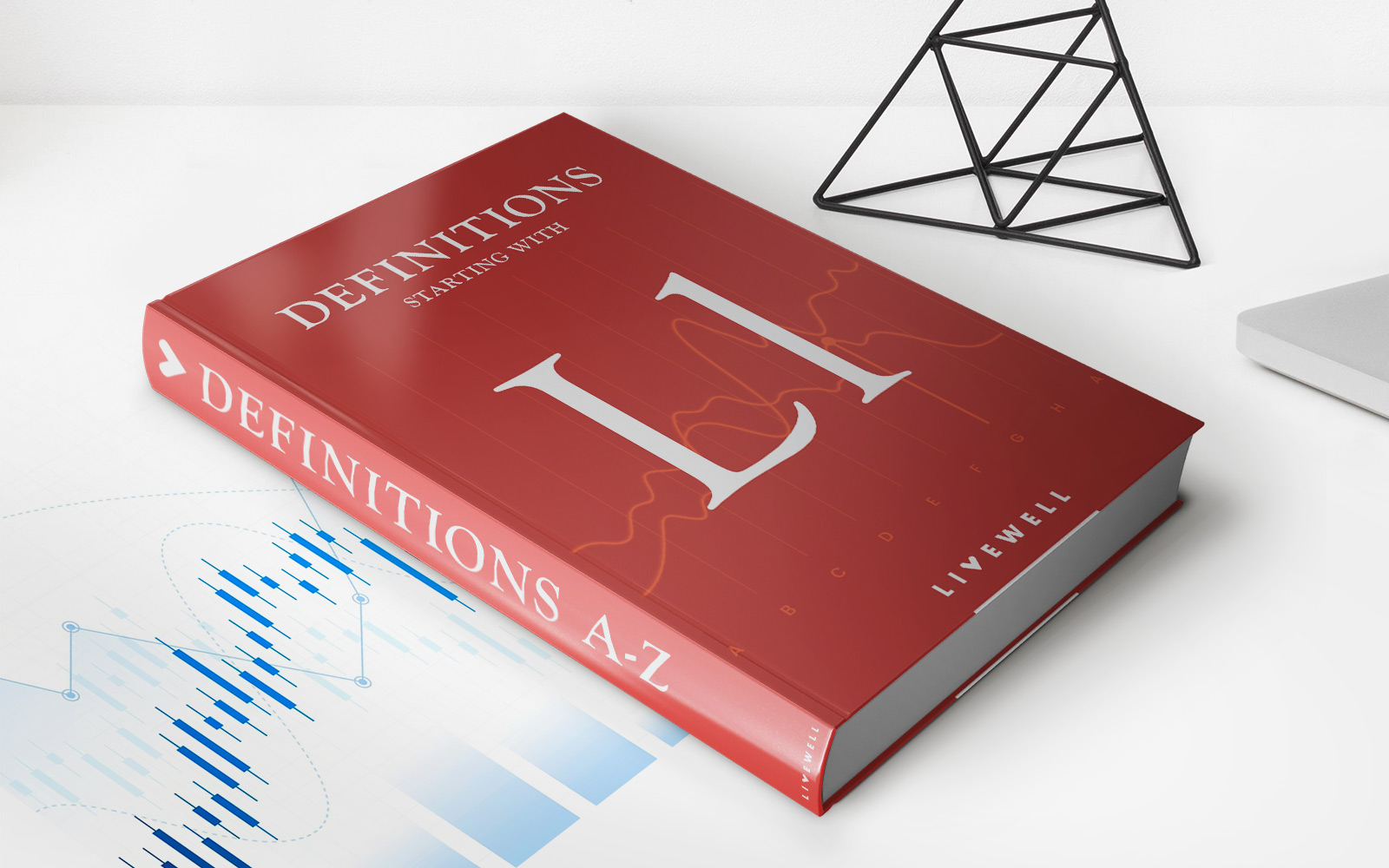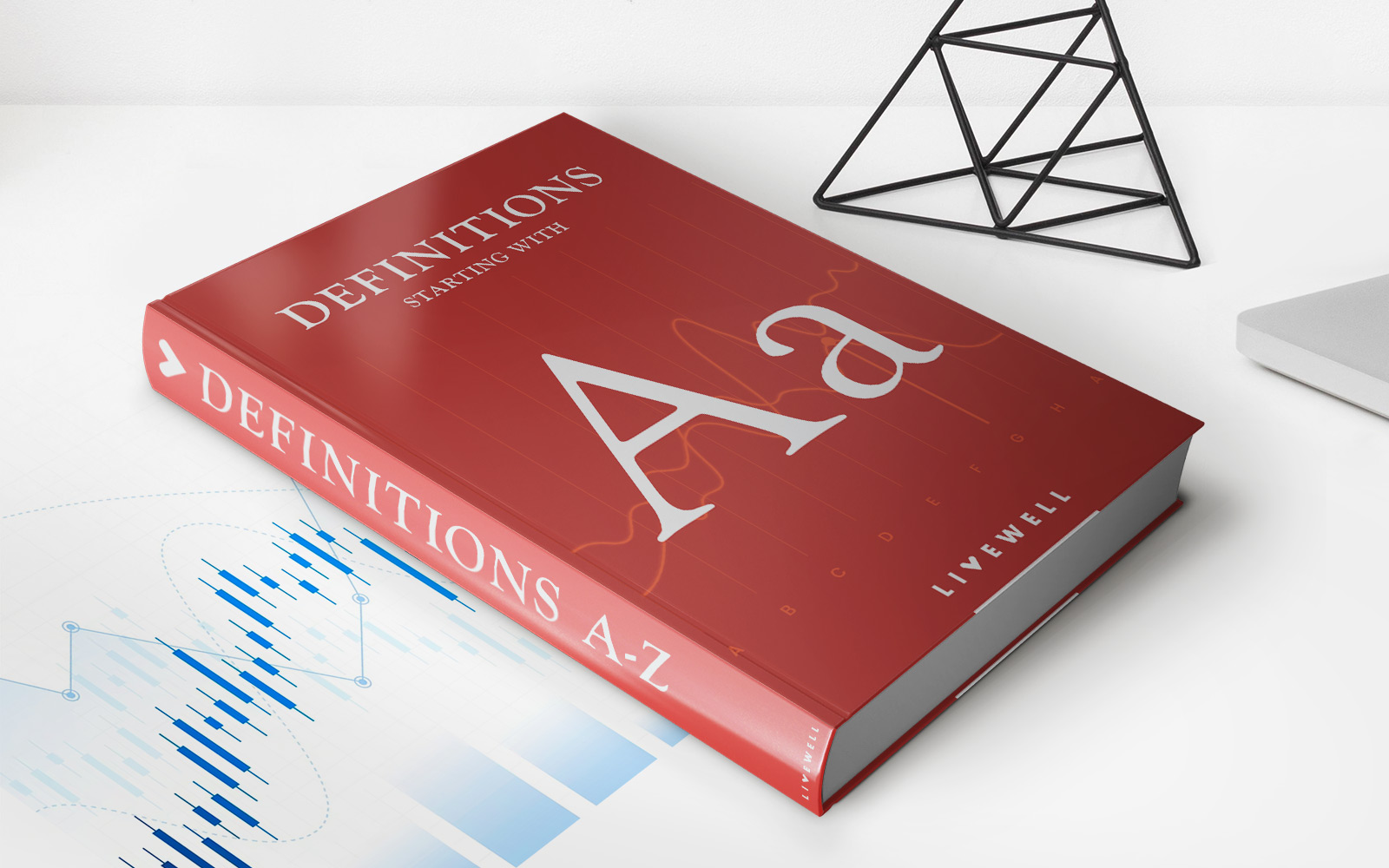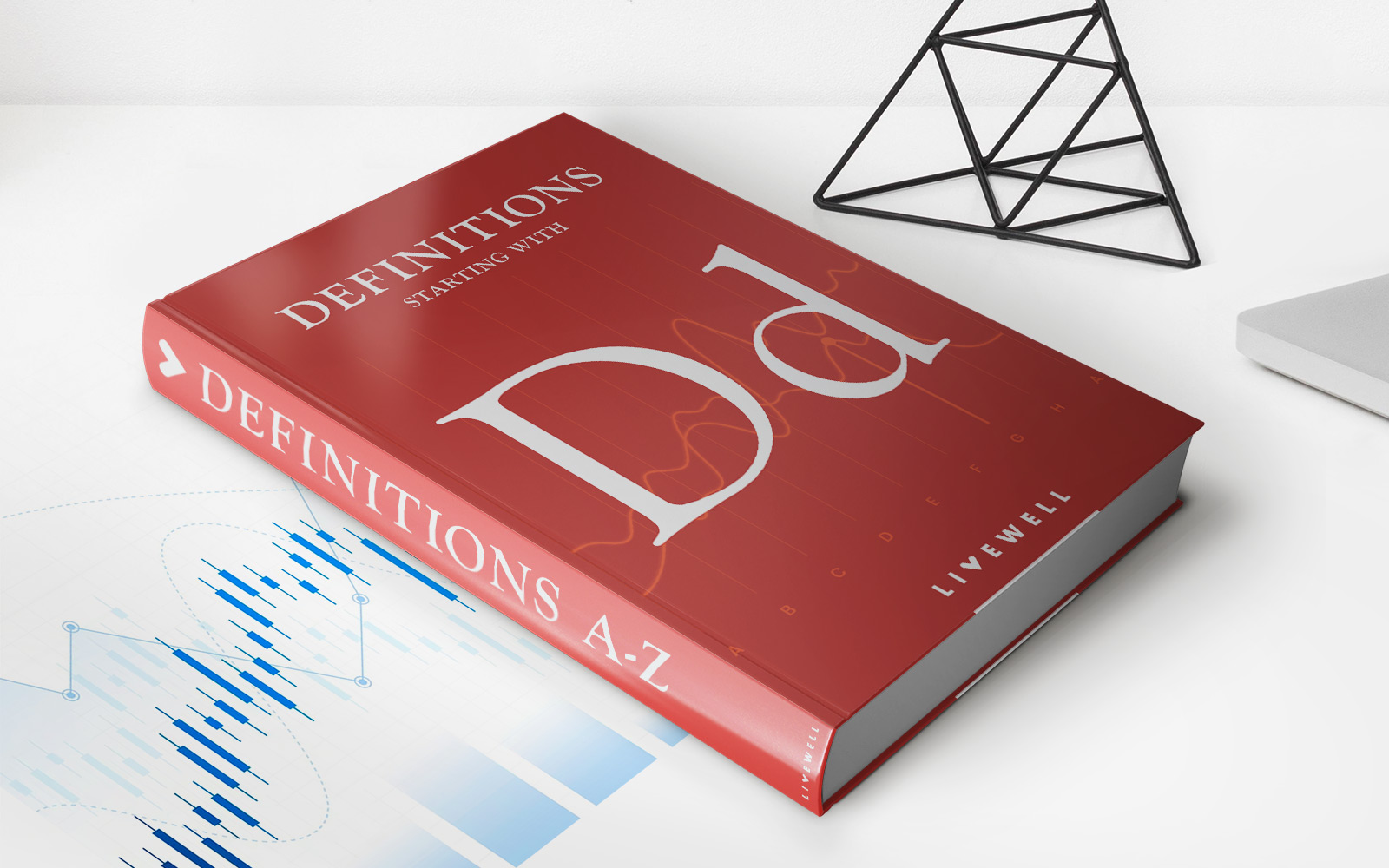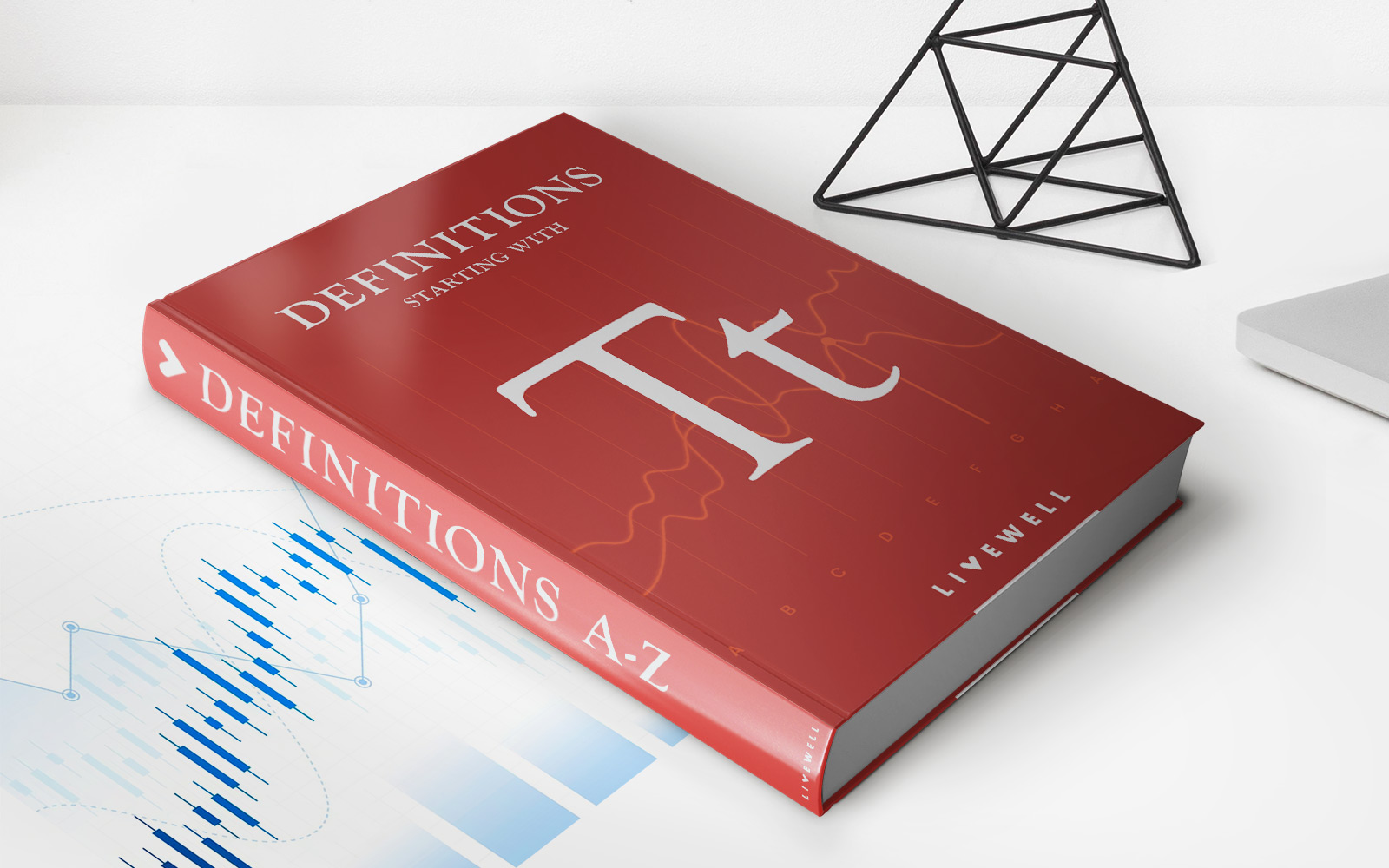

Finance
Total Asset-to-Capital Ratio – TAC Definition
Published: February 9, 2024
Learn about the Total Asset-to-Capital Ratio (TAC) in finance, a key indicator for assessing financial health and stability. Explore its definition and significance.
(Many of the links in this article redirect to a specific reviewed product. Your purchase of these products through affiliate links helps to generate commission for LiveWell, at no extra cost. Learn more)
Total Asset-to-Capital Ratio – TAC Definition: Assessing Financial Stability
As individuals, businesses, or organizations, one of our top priorities is achieving financial stability. We want to ensure that our assets are being effectively leveraged to generate long-term growth and bolster our financial well-being. In the realm of finance, there are various ratios and indicators that can help us assess our financial stability. One such ratio is the Total Asset-to-Capital Ratio (TAC). But what exactly is the TAC ratio, and how can it benefit you? Let’s dive in and find out.
Key Takeaways:
- The Total Asset-to-Capital Ratio (TAC) is a financial ratio that assesses the efficiency of a company’s assets in generating returns in relation to its capital structure.
- TAC provides insight into the overall financial stability of an organization, indicating how effectively its assets are being utilized to generate profits.
The Total Asset-to-Capital Ratio is a measure that allows investors, lenders, and management to gauge the efficiency of a company’s asset utilization. It compares a company’s total assets to its total capital and analyzes the relationship between the two. In simple terms, the TAC ratio showcases how effectively a company’s assets are generating profits relative to the amount of capital invested.
Calculating the TAC ratio involves dividing total assets by total capital. Total assets consist of both short-term and long-term assets, including cash, accounts receivable, inventory, property, plant, and equipment. Total capital includes both shareholders’ equity and long-term debt. By dividing these two figures, we can determine the proportion of assets being used to generate returns in relation to the capital invested in the company.
So, why is the TAC ratio important, and how can it benefit you? Here are a couple of key takeaways:
- Assessing Financial Stability: The TAC ratio provides valuable insights into the overall financial stability of a company. A higher TAC ratio indicates that a company is efficiently utilizing its assets to generate profits, which is usually seen as a positive sign. On the other hand, a lower TAC ratio may indicate that the company’s assets are less productive and may spark further investigation into how the assets are being managed.
- Comparative Analysis: The TAC ratio is not only useful for assessing the financial stability of a single company; it can also be utilized to compare the efficiency of different companies within the same industry. By comparing TAC ratios across similar businesses, investors and analysts can identify companies that are utilizing their assets more effectively and generating higher returns on capital.
In conclusion, the Total Asset-to-Capital Ratio (TAC) is a valuable financial metric that allows individuals, businesses, and organizations to assess their financial stability. By understanding how effectively assets are being utilized to generate returns in relation to the capital structure, it becomes easier to make informed decisions and take steps towards achieving long-term financial success.
